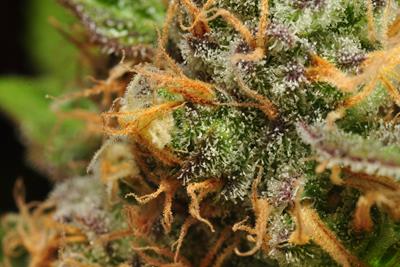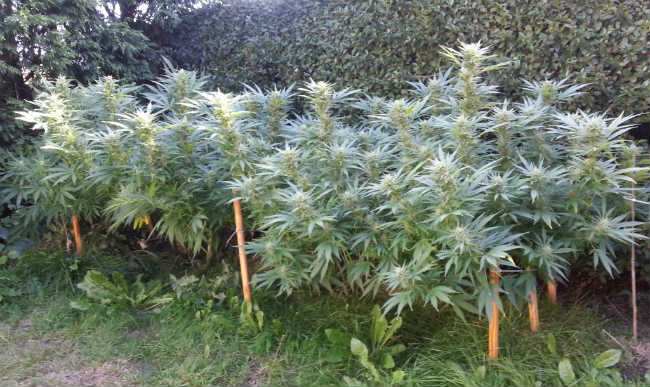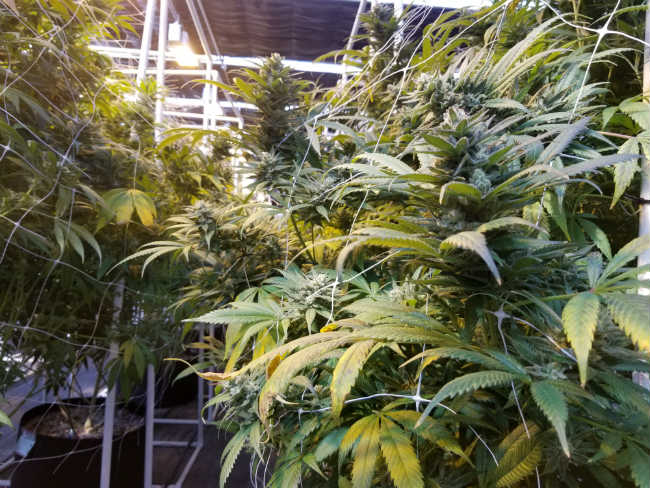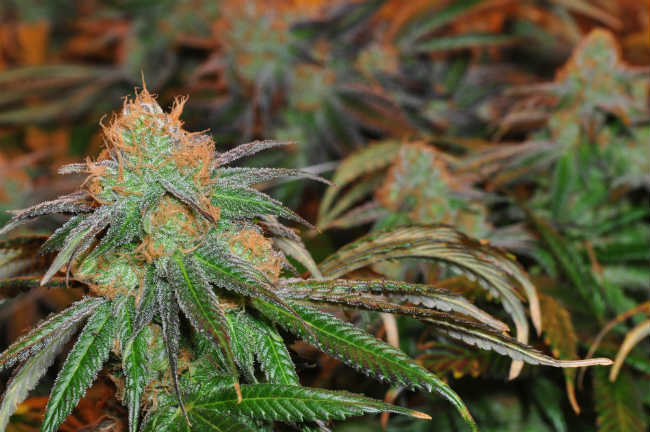
Wednesday January 5, 2022
 Growing
Growing
Consumers in some states are beginning to see their choice of cannabis expand further, not only from different strains or consumption methods, but different growing environments. Indoor, outdoor, and greenhouse-grown cannabis are becoming more delineated options, leaving many consumers to wonder what the difference is, and what would be best for them. It’s tempting to quickly rank the options upon reading them, but the truth is: there is no “best” option. Each growing environment carries its own advantages and liabilities.
In this article, we review the difference between indoor and outdoor weed, pros and cons to each, their effect on the final product, and recommended strains for each environment.
Outdoor Weed
When it comes to size, outdoor cannabis is king. But while cannabis grown outside tends to produce bigger buds, that may not always translate to higher THC content. Cannabinoid production is often comparable to indoor-grown, with trichomes only spread over a larger surface area. That said, no light yet invented can compete with the sun, in cost or efficacy. Plants grown by the full spectrum of sunlight tend to express fuller, more complete terpene profiles and a fuller bouquet of cannabinoids than their indoor cousins.
Unfortunately, they may not always look great doing it. Because outdoor weed is worn by the elements, it typically develops a deeper color, so green buds may present a muddy green nearing brown at the stem. It will also develop thicker stems to withstand volatile conditions like wind, rain, and pests.

This is not unique to cannabis, but simple botany. Even herbs like chives and rosemary will be tougher and harder when grown outdoors. And anyone who’s ever moved a houseplant outside can attest to the relative soft nature of spoiled, indoor plants.
So outdoor-grown cannabis is a little rough around the edges, but it’s also the cheapest to produce, eliminating lighting and ventilation costs. And those savings are usually passed on to the customer. That is, if the plants survive the season.
Strains like Critical Mass, Killer Queen or Sour Diesel are great for outdoor grows due to their high yield potentials and resistance to heat.
Indoor Weed
Indoor growing began largely as a covert solution to an illicit trade, but bringing cannabis into a controlled setting led to the cornucopia of hybrids now available in most dispensaries. Growing indoors is the equivalent of “going manual,” taking every choice or process that would otherwise be dictated by nature and placing it in the grower’s hands. It’s a lot more work, but for those who have practiced, it allows for fine-tuning flavor, potency, even physical stature and yield, for a top shelf consumer experience.
The result is a beautiful product with high trichome density. Indoor weed, grown beneath less punishing LED or even high-intensity discharge bulbs, generally retains a fresher green hue that does not fade or darken over time. The denser buds also appear more coated in trichomes. Indeed, indoor bud is often more potent per ounce than outdoor bud because there are more trichomes to foliage.
Additionally, indoor growers are not bound by seasonal patterns, and can grow through any time of year.
The cost of growing indoors, however, is much higher. While outdoor weed is lit, warmed, and watered for free by the sky, indoor-grown cannabis takes lights, fans, and possibly water pumps running round the clock. This energy cost, often expressed as grams harvested per watt used to grow it (g/W), is a cost of business that must be passed on to the consumer to keep said business open. A practical example of this can be seen in Pennsylvania, where all medical cannabis must be lab-grown by law, and costs among the highest in the nation.
Ideal strains for growing cannabis indoors include Skunk #1, Strawberry Haze, and Big Wreck because they do well in controlled environments, producing tall, dense buds in relatively small spaces.
Greenhouse Cannabis
Indoor cannabis may benefit from precisely administered light, hung just so and infinitely reflected, but cannabis will always prefer the sun. Greenhouse growing, then, offers access to outdoor resources with the relative environmental control of indoor growing. The biggest disadvantage is that they are still bound by the sun’s annual cycles, but some growers get around this obstacle with a strategy called light deprivation to maximize seasonal yield.
Unless you are growing autoflowering plants, cannabis is a photoperiod plant, meaning its life cycle depends on the sun. In the wild, this means that as the days get shorter going into fall, the plant senses fewer hours of sunlight and knows to grow flowers for reproduction.

Indoor growers simulate this sensation by manually altering their light cycles or switching from blue light to red light, or both. Of course, greenhouse growers cannot alter the sun, but they can block it with tarps or shades. This light deprivation allows growers to fit two or more growing cycles into one season, while still harnessing the advantages of the sun.
And utilizing those free resources severely reduces the environmental (and financial) cost of growing. Lights and fans run for hours a day, every day, over several months, skyrocketing the final grams per watt harvested. Sun-grown cannabis will almost always cost less to purchase.
Some of the best strains to grow in a greenhouse include Northern Lights, Tahoe OG, and Jack Flash due to their large size, resistance to mold and pests, and their ability to withstand slight temperature fluctuations.
Summary
As more consumers are presented with cannabis grown in different environments, debate has spread about indoor vs outdoor weed, or indoor vs greenhouse quality. The truth is: there is no single best, or even better, option, but rather all three have different pros and cons.
Cannabis grown outdoors will generally achieve larger size, though that does not necessarily translate to a higher THC percentage. However, cannabis grown beneath sunlight will present a more prominent terpene profile for a “fuller” high. Outdoor cannabis is also cheaper to grow and sell, as the light, ventilation, and even some of the nutrients fall free in nature.
Conversely, indoor cannabis is often more expensive because of the power costs required to power lights, fans, and water pumps, not to mention nutrients and fertilizer.

However, the benefit of this precise manipulation is that growers and breeders can fine-tune every step of the growing process, resulting in striking new strains that are also more resistant than their ancestors to pests and mold.
Greenhouses combine the inexpensive resources of outdoor growing with the environmental control of indoor growing. Greenhouses can be opened for free ventilation, and still benefit from cheap, full-spectrum sunlight.
The only downside is that greenhouses are often limited to one harvest per season by being bound to the cycle of the sun. Light deprivation, pulling tarps or shades over the plants, can be used to fit more growing seasons into a greenhouse, but often results in diminished potency as well.
How do you compare the differences between outdoor, indoor, and greenhouse grown marijuana? Educate us in the comments below!







